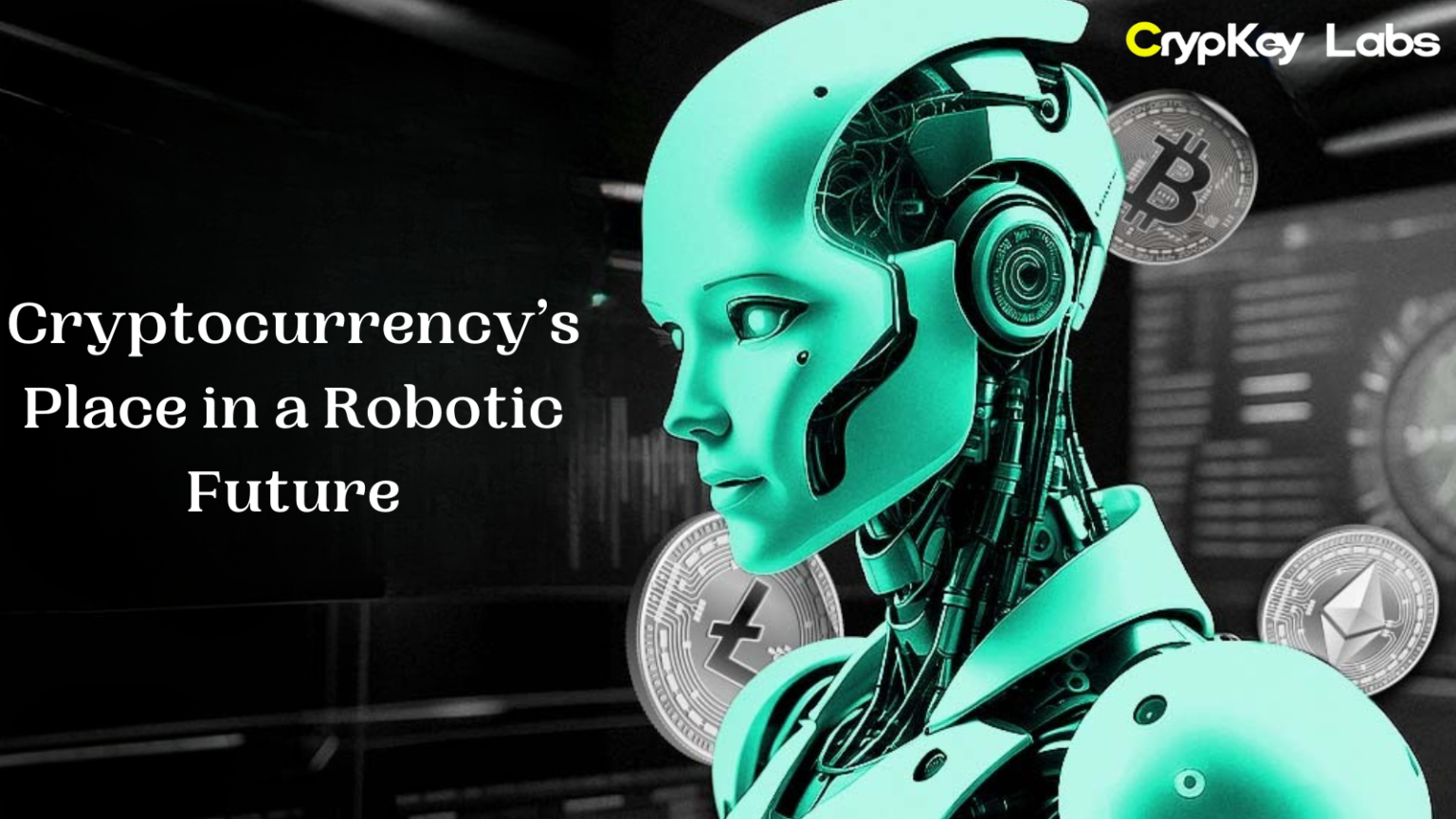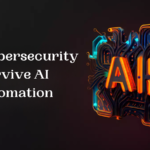As we look to the future, two technological advancements stand out for their potential to reshape industries: cryptocurrency and robotics. While they may seem like separate entities, they are gradually converging in a way that could revolutionize the way we live and work. This blog explores the role cryptocurrency might play in a future dominated by robotics, from automated transactions to self-sustaining systems.
The Rise of Robotics What the Future Holds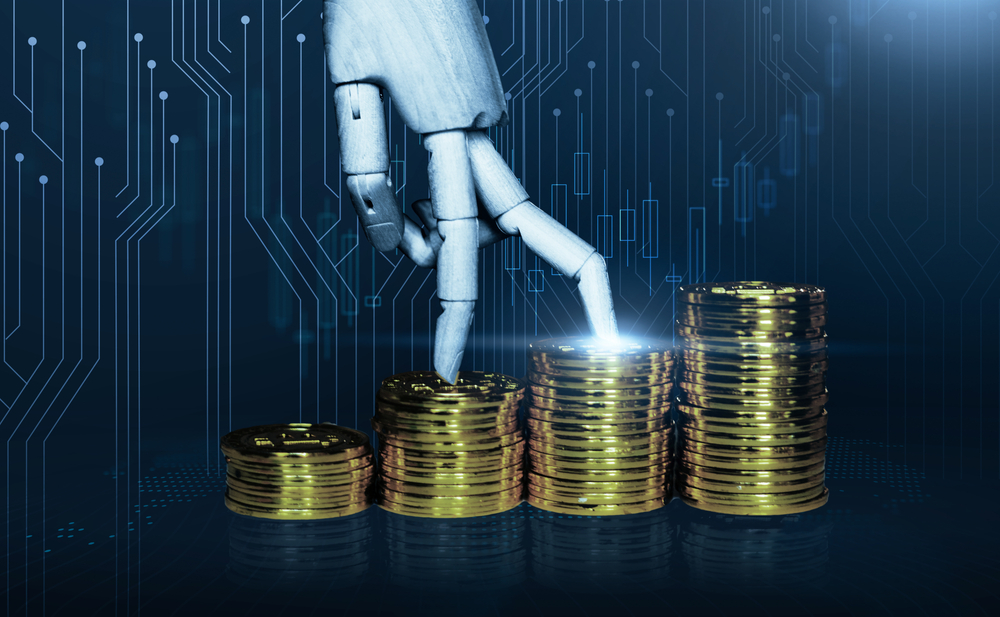
The world of robotics has come a long way. From simple machines performing repetitive tasks in factories to advanced robots capable of performing delicate surgeries, robotics has evolved dramatically. Today, we’re witnessing robots becoming more autonomous, adaptable, and capable of performing increasingly complex jobs.
In industries like manufacturing, healthcare, logistics, and agriculture, robots are streamlining processes, reducing costs, and improving efficiency. AI (artificial intelligence) and machine learning have taken robotics to new heights, enabling robots to learn from their environments, improve their performance, and make decisions on their own.
Looking ahead, the role of robots will expand into everyday life. Robots could assist in homes, handle transportation logistics, and even perform tasks that require emotional intelligence, like caregiving. As robotics continues to grow, one crucial element will be ensuring that these machines can manage financial transactions seamlessly and securely – a task where cryptocurrency might step in.
Cryptocurrency: A Quick Recap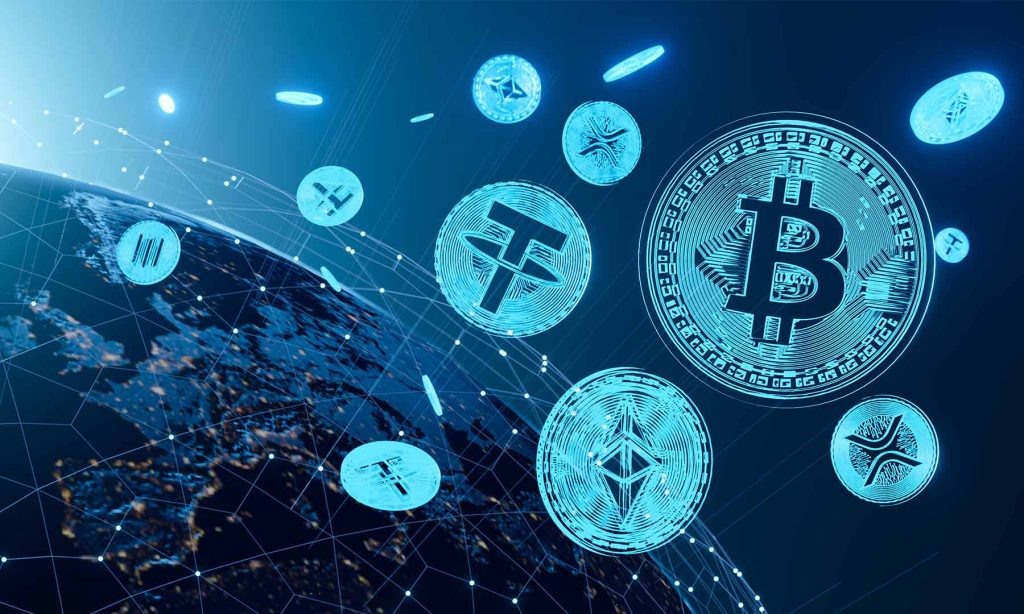
Before diving into the convergence of cryptocurrency and robotics, let’s quickly define what cryptocurrency is and why it’s important.
Cryptocurrency is a form of digital or virtual currency that relies on cryptography to secure transactions. Unlike traditional currencies, cryptocurrencies like Bitcoin, Ethereum, and others are decentralized. They operate on blockchain technology, which is a transparent and secure system for recording transactions.
The rise of decentralized finance (DeFi) has further bolstered the popularity of cryptocurrencies. With DeFi, financial services like lending, borrowing, and trading can happen without intermediaries, offering greater accessibility and reducing costs.
But how does this fit into a world where robots are integral to our daily lives? Let’s explore the potential.
Robotics Meets Cryptocurrency: A Symbiotic Relationship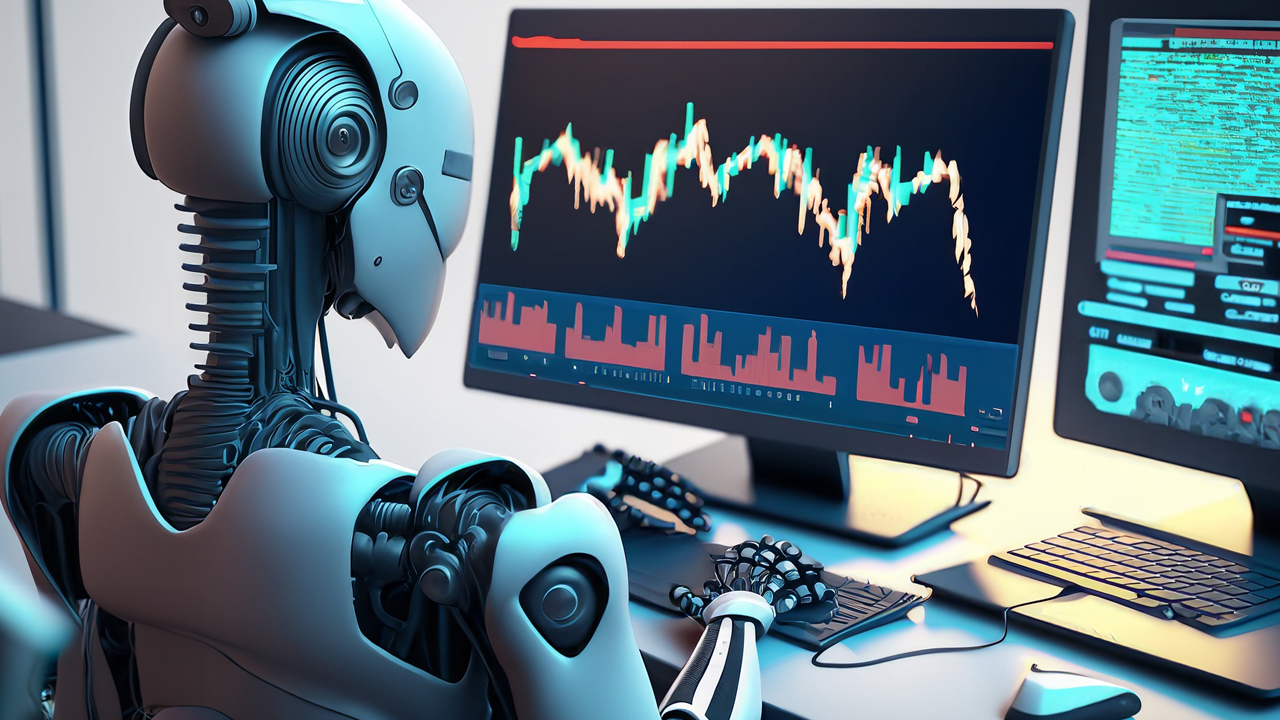
As robots become more autonomous, the ability to manage their own financial transactions will become essential. Here’s where cryptocurrency enters the picture. By utilizing cryptocurrencies, robots can carry out financial transactions efficiently and securely without relying on traditional banking systems.
For instance, robots could use cryptocurrencies to pay for services or resources. Imagine a delivery robot picking up a package and paying for charging or maintenance fees using digital currency. With blockchain technology, these transactions would be transparent, verifiable, and secure, all without human intervention.
In addition, decentralized systems could provide robots with more control and security. By leveraging blockchain, robots could interact directly with their environment, complete tasks, and make transactions without the need for a central authority, ensuring privacy and autonomy in their operations.
The Potential of Cryptocurrencies in Robotic Transactions
One of the most promising aspects of cryptocurrency in robotics is the potential for microtransactions. These are small, low-value transactions that happen frequently and require minimal human input. For example, a robot might need to pay a small fee to access a service or process information. With cryptocurrencies, these payments can happen instantly, globally, and without the need for an intermediary.
For instance, a robot performing a maintenance task could use a smart contract to automatically release payment upon task completion, ensuring transparency and reducing the need for human oversight.
Cryptocurrencies could also enable robots to engage in peer-to-peer (P2P) transactions. In a future world of interconnected robots, one machine could pay another to complete a task or exchange services.
Robots as Crypto Miners: A New Era?
Another fascinating possibility lies in the role robots could play in crypto mining. Crypto mining requires powerful computing resources to solve complex mathematical problems and validate transactions on the blockchain.
But what if robots could also participate in this process? With the right infrastructure, robots equipped with powerful processors could assist in mining cryptocurrencies, contributing to the verification of transactions and the maintenance of blockchain networks.
This could have several advantages. For one, robots could improve the energy efficiency of mining operations. Using AI to optimize mining activities, robots could reduce unnecessary energy consumption and lower operational costs, making mining more sustainable. Additionally, robotic miners could operate in environments where human involvement is impractical, like remote or hazardous locations.
Decentralized Autonomous Organizations (DAOs) and Robotic Governance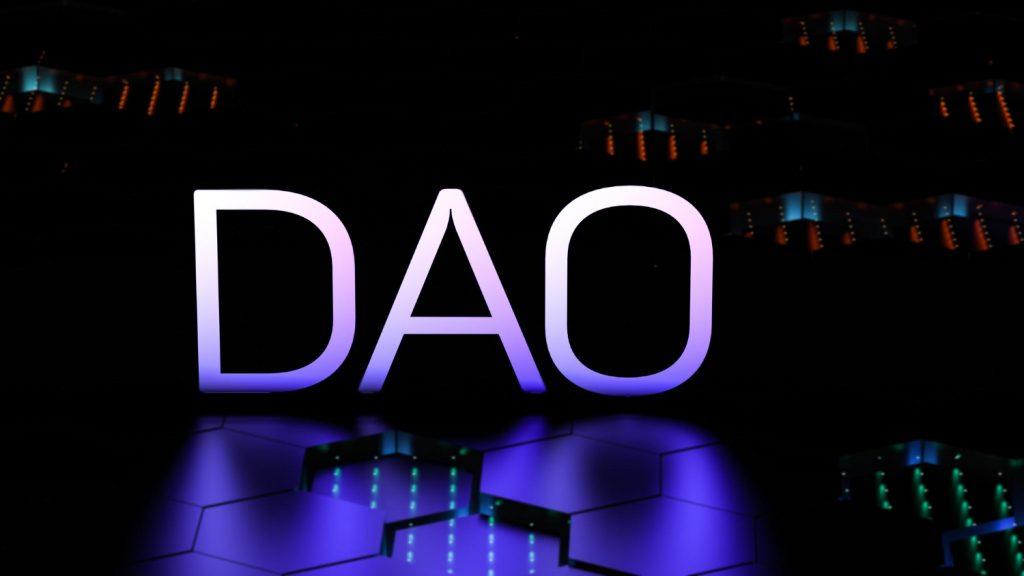
A key concept in the blockchain world is Decentralized Autonomous Organizations (DAOs). These are organizations governed by smart contracts rather than a central authority. DAOs enable decentralized decision-making, where all participants have a say based on predetermined rules coded into the blockchain.
As robots become more integrated into daily life, they could potentially become members of DAOs, participating in governance and decision-making processes. Imagine a future where robots autonomously collaborate with humans in a DAO, helping to decide the direction of technological developments, resource allocation, or environmental policies.
Robots could even be used to enforce the decisions of a DAO, performing tasks or operations based on the collective decisions made by the organization. This could pave the way for a new era of robotic governance, where machines contribute to and carry out the ideals of decentralized systems.
The Impact of Cryptocurrency on the Robotics Job Market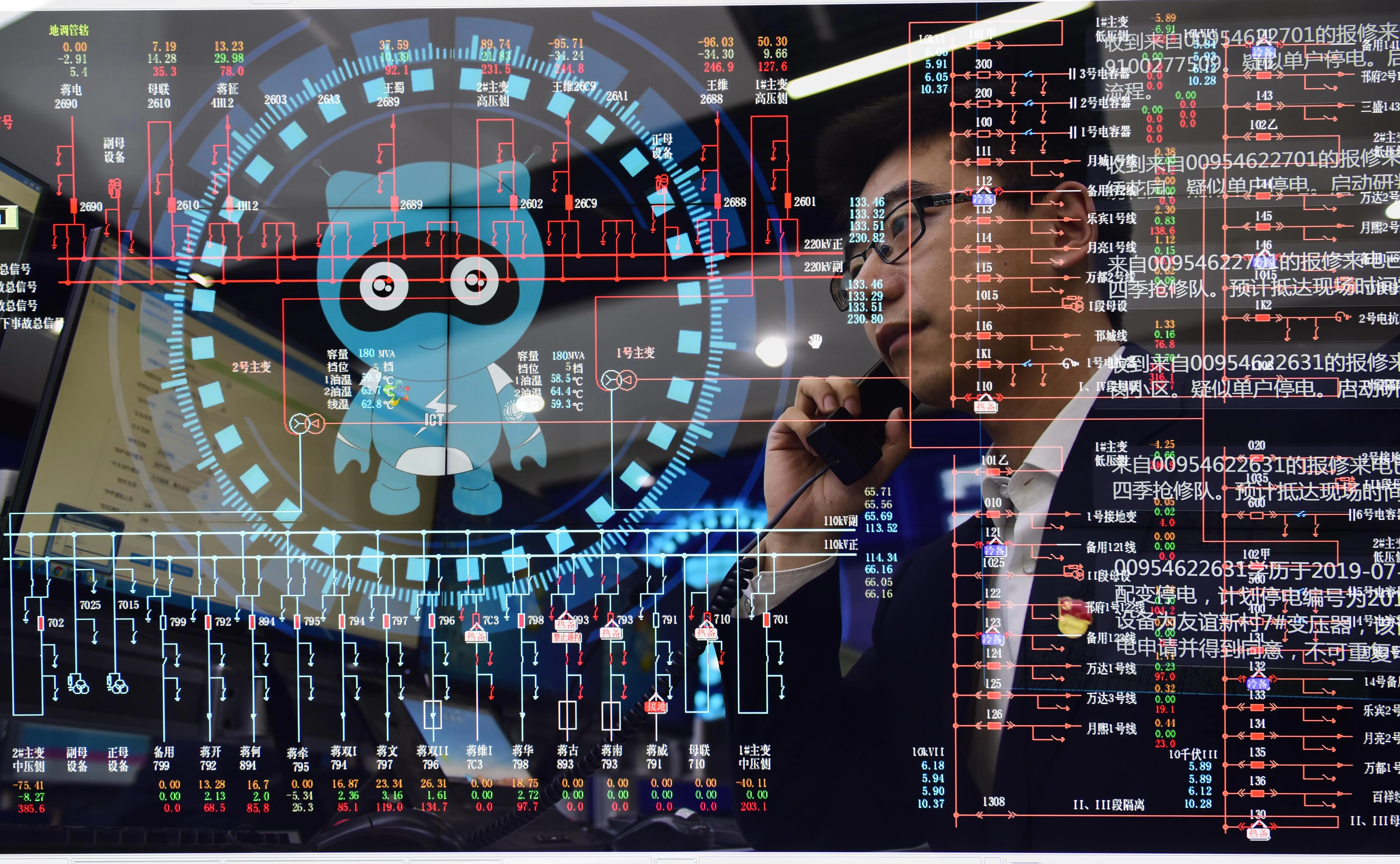
As robots take on more complex tasks and cryptocurrencies become the norm for transactions, the job market will likely evolve. Some might fear that robots could replace human workers, but in reality, the integration of cryptocurrency and robotics will create new opportunities.
For one, new job roles will emerge in fields like cryptocurrency programming, blockchain development, and robotic management. As more businesses adopt cryptocurrencies to interact with robots, the need for skilled workers who can manage these systems will grow.
Moreover, cryptocurrency may empower freelance robotic workers, allowing for more flexible, decentralized employment opportunities.
The Challenges Ahead: Security, Ethics, and Regulation
While the future looks promising, there are significant challenges to consider. Security is one of the foremost concerns. Integrating robots with cryptocurrencies and blockchain systems requires robust protection against cyber-attacks. Hackers could potentially exploit vulnerabilities in robotic systems or blockchain protocols, leading to financial losses or compromised data.
Moreover, there are ethical questions to address. Should robots be allowed to participate in financial transactions? What happens if a robot makes an error or is hacked? The ethical framework surrounding the integration of cryptocurrency and robotics will need to be carefully considered to ensure fairness, transparency, and accountability.
Finally, regulation will play a crucial role in shaping this future. Governments and regulatory bodies will need to create frameworks that address the use of cryptocurrency in robotic operations. Striking the right balance between innovation and oversight will be key to ensuring the safe and responsible integration of these technologies.
A World Where Robots and Cryptocurrencies Coexist
Looking forward, the coexistence of cryptocurrency and robotics will likely transform industries in profound ways. From automated payment systems to decentralized governance, the potential is vast.
We might see a future where robots, powered by cryptocurrencies, carry out tasks without human intervention, make transactions, and even participate in decision-making processes. The possibilities are only beginning to unfold, but one thing is certain: the integration of cryptocurrency and robotics will play a pivotal role in the development of future technologies.
Conclusion
In this exciting new world, cryptocurrency and robotics are not just parallel advancements—they are converging to create a future where machines are not only capable of performing tasks but also managing their own financial transactions, participating in decentralized governance, and even driving the future of cryptocurrency mining.
As we continue to explore this dynamic intersection, the opportunities for innovation are endless. With the right balance of security, ethics, and regulation, the fusion of robotics and cryptocurrency has the potential to shape a more efficient, decentralized, and interconnected world.

